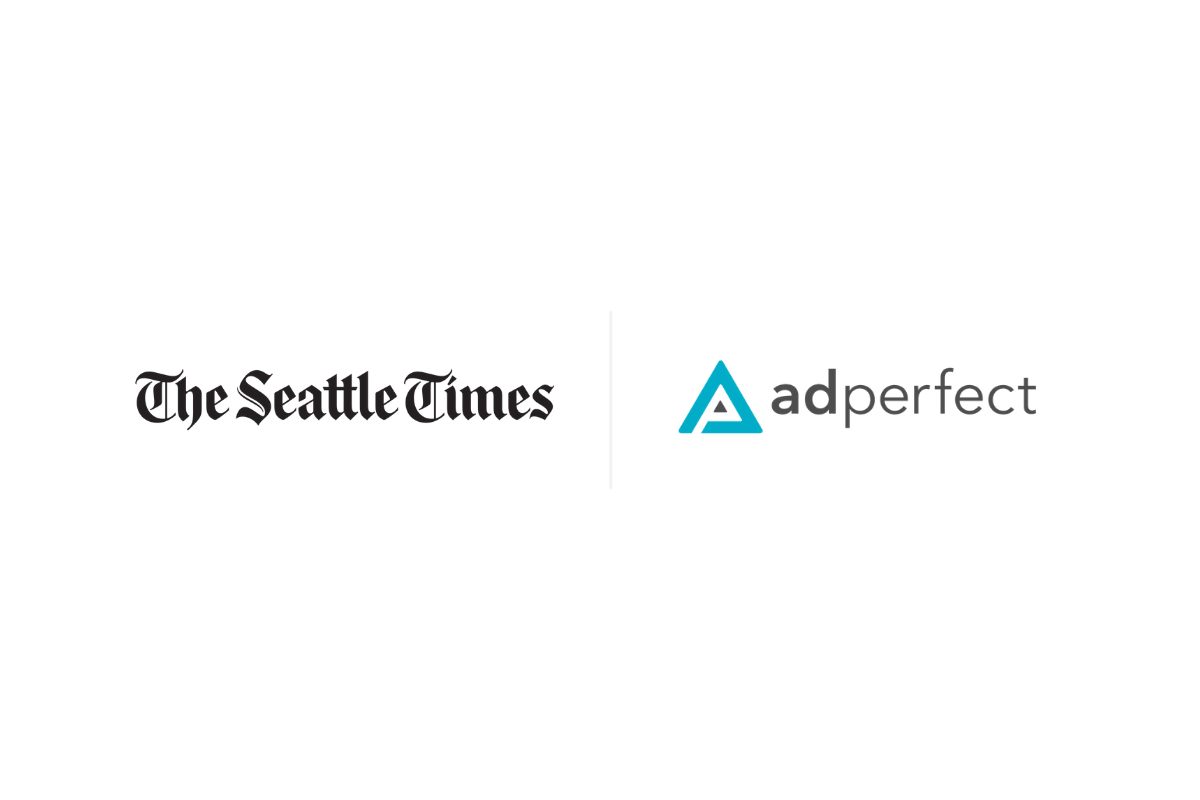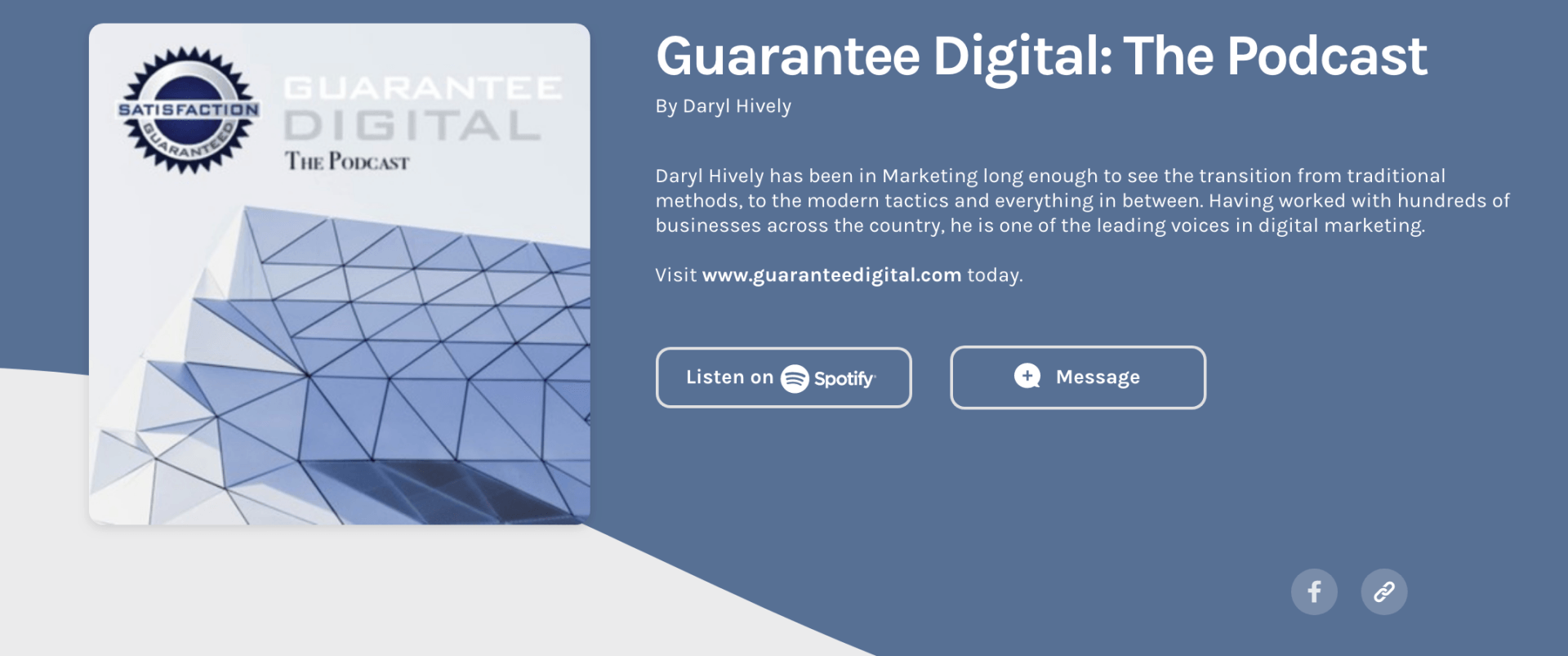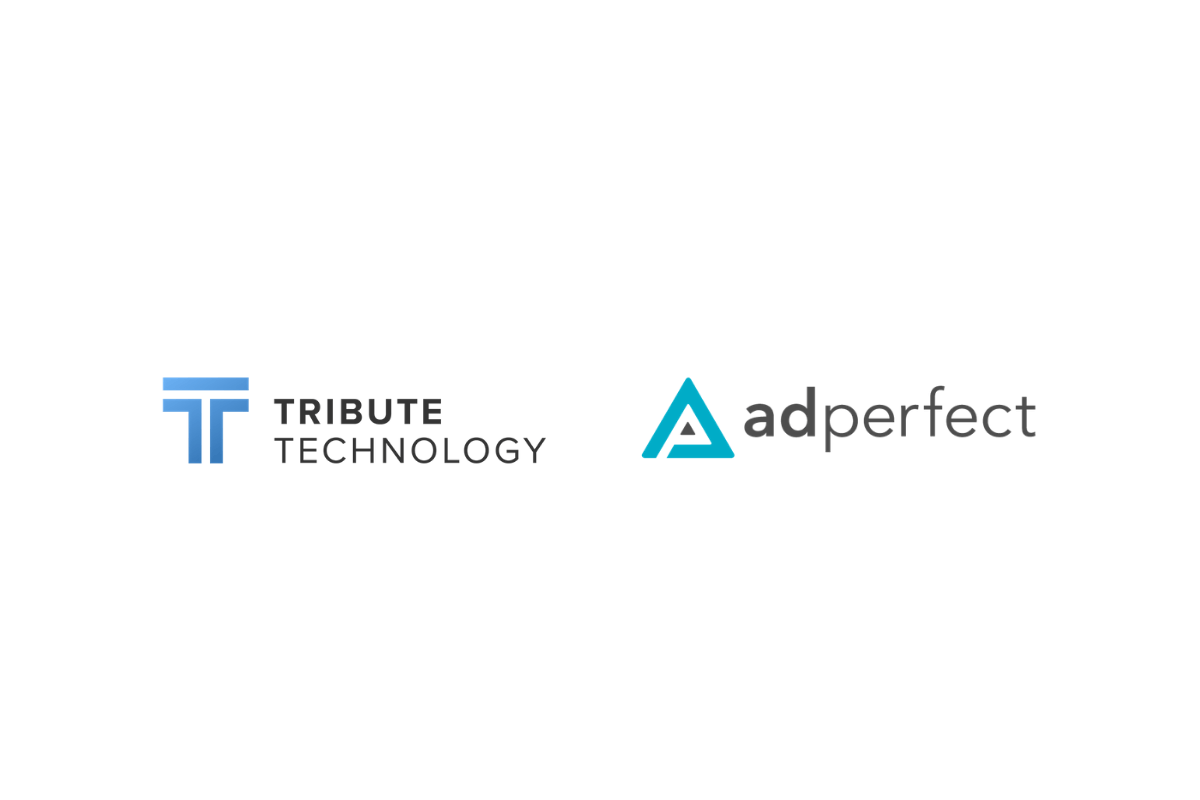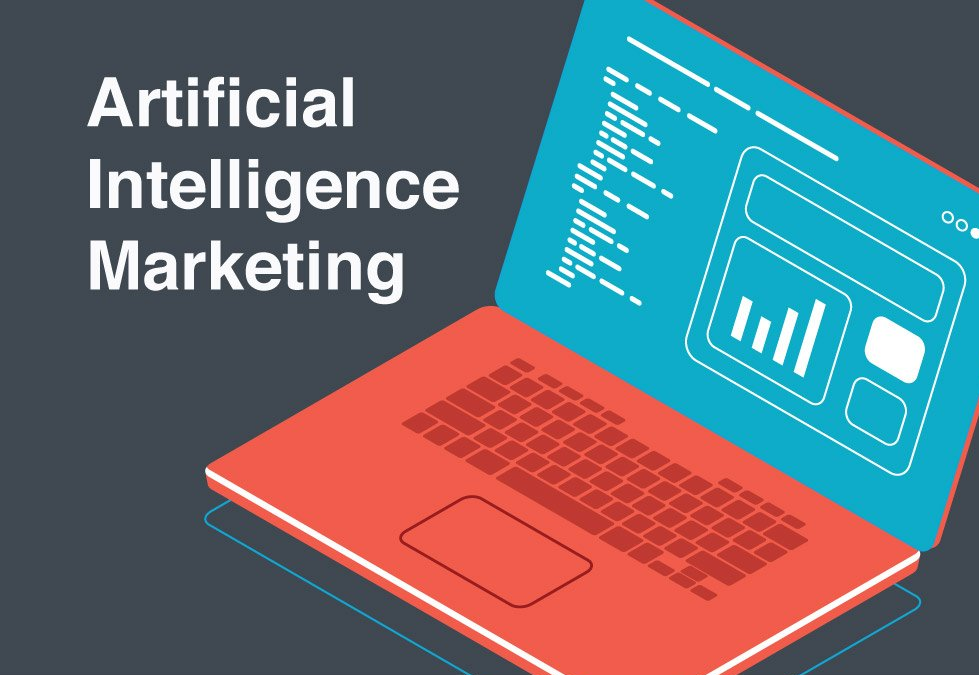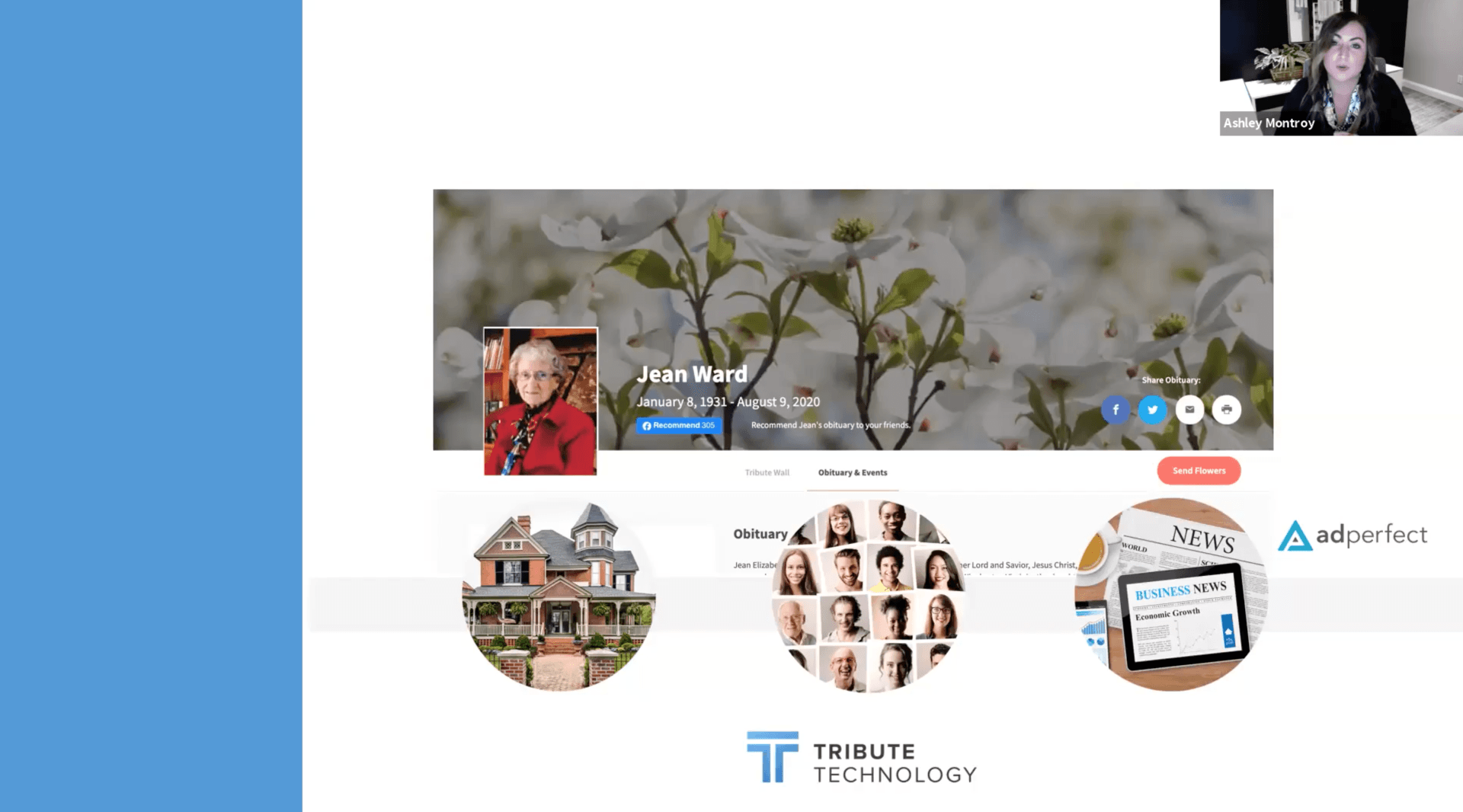Online interactions are not only redefining how we receive and gather information, but also our definitions of ethics online are also being redefined. Majority of consumers now believe that using data to personalize ads is unethical. According to research, 59% believe that personalization to create tailored newsfeeds — precisely what Facebook, Twitter, and other social applications do every day — is unethical. Not only that, 91% of people find online ads more intrusive today than they did just a couple of years ago.
As we can notice, regulations such as GDPR are now being enforced to bring some boundaries and tracking. These shifts are making sure the advertising industry clearly differentiates editorial and news content from paid ads for transparency and less confusion of the public.
Transparency
Between the years 2016 and 2018, the once cheered for internet and social media platforms being a safe and happy space no longer exists. The internet is no longer an ethical place to share and connect without data being exploited, the way it was dreamed of in the 90s.
This has pushed many consumers to take “breaks” from their phones and social media accounts to alleviate the stress. The more informed millennial consumers are now shifting the arena of transparent advertising, where they want the opportunity to “opt out” of advertising tracking methods. There is a rising popularity of ad blockers more than ever before. Over 45% of users are using ad blockers to stop ads being displayed; many users are opting to pay the ad-free premium services. Transparency in advertising will inform consumers if tracking practices are being implemented and make the decision if they want to participate. Without this option, users are more and more are unforgiving to the services they use, such as Facebook.
On the other hand, many marketers and publishers have allowed agencies to autonomously buy ad space, granting them a lot of freedom. Especially with Google, Facebook and other advertising programmatic exchanges do not provide much transparency in the selling process. Now is the era of the sophisticated and automated decision making, pouring advertising budgets into the vortex of digital advertising. So transparency is not only needed on the consumer end, but also on issues of brand identity safety, looking closely where your brand ads are hosted and their context. In this way, many fraudulent digital ads can be easily spotted and dealt with. The more personal interactions in booking ads are now gone, the focus being on overall reach.
A specific way to address both issues is moving all display advertising in-house; using digital platforms and services to execute your projects while still managing all the decisions. This will give priority to your ad inventory quality and lessening the noise users feel when browsing online. Creating more control over digital advertising will be key for all digital marketers to move closer to greater transparency.
Personalized versus Contextualized
Both personalized and contextualized ads have emerged with their own benefits, mainly being used as separate strategies. While contextualized ads use content to determine insights about their audience interests, personalized ads focus mainly on the user profile data to enrich the audience experience. Today the online noise cannot be muted without using both approaches together to strengthen your ad value.
Personalization takes the first step to take into account what your audience would like to see as they are browsing. But contextualization in digital also provide additional insights into the why they are browsing for information. Using both methods in research and gathering data will better help meet exact requirements and improve user experience one step further. And in this manner, your marketing efforts and tools will be used to its full capacity and bring higher ROI.
Another important point to make sure is monitored continually is updating customer profiles with the latest information from various touch points. The more updated the information, the better and more current detailed view of your audience. This will also help create new niche content ideas as well as promotions for your publication. Mixing behavioral targeting and contextual advertising, helps the reader to find what they are looking for and ensure engagement. The higher the ad relevancy, the less noisy and the more valuable it becomes to the individual. As you manage and regulate your digital advertising, the relationship between your content and ads become as one unit and bring a sense of trust and quality to your brand.
As the consumer perceptions keep shifting from personalized content and protection of their profile data, there is now a need for a new standard for digital businesses. At each level of revamping, modernizing and growing their business offerings through emerging technology, every publisher need to consider their consumer’s right to privacy, as well as using this data ethically.
